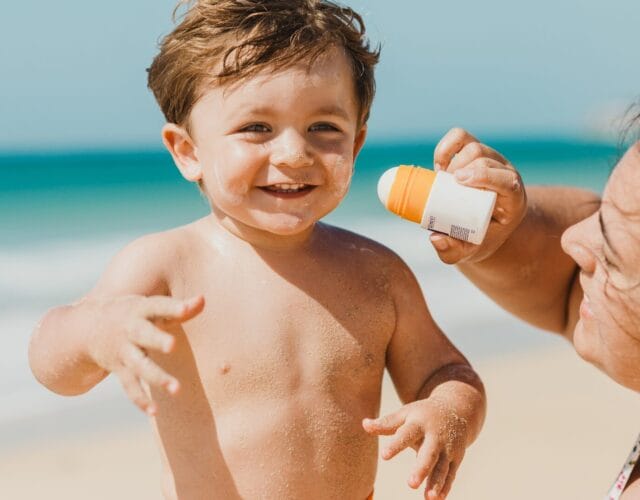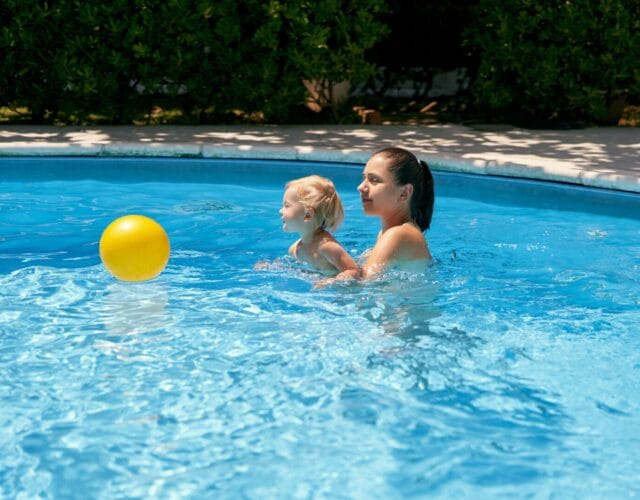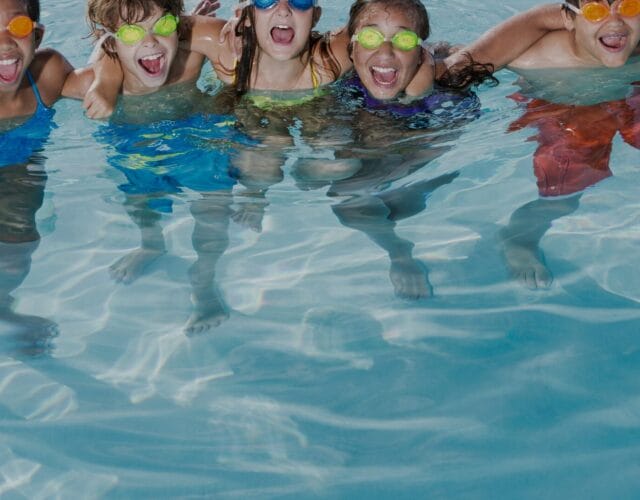Good morning everyone,
Today we discuss Mindfulness and what that means for you and your family. This important topic is covered by Jenny Slocum, an elementary school teacher and creator of Growing Up Mindful. Take a moment sip your coffee or tea, relax, and take 2 minutes to educate yourself on how to reduce stress in your life. Great news! There are no side effects to this treatment plan.
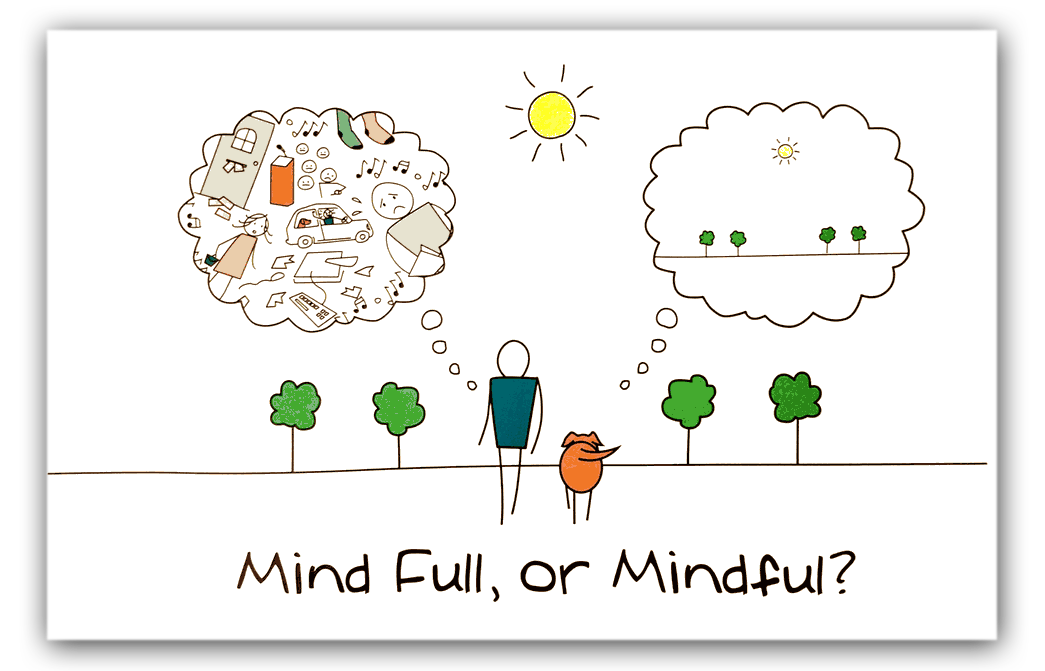
Mindfulness Defined
The modern world can be a difficult place for both adults and children. We’re bombarded with expectations, stress, and information each waking moment of the day. Practicing mindfulness is a great way to cut through the daily challenges that life throws at us and quiet the distractions. When we are mindful, we are in the present moment; we check in with our bodies, minds, and surroundings, rather than checking out. Teaching mindfulness to children will give them tools to deal with the ups and downs that life brings. Children will be able to “press pause” rather than reacting impulsively and thoughtlessly.
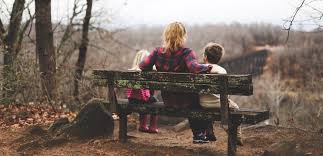
Photo by Benjamin Manly on Unsplash
How To Practice Mindfulness
Here are some ways to teach mindfulness to your child and begin a better mindfulness practice yourself.
Be a Model
Before teaching mindfulness to your children, you’ll want to have your own mindfulness practice. Children learn best by seeing what we do rather than what we tell them. Model how you use mindfulness to help your day-to-day life.
-
Talk to your children as you manage your own stress and emotions. “Mommy is feeling a little stressed right now. Can you help me? Let’s take some deep breaths together.”
-
“Think aloud” to show your children how you speak positively to yourself when you feel nervous. “I’m feeling nervous about giving this presentation at work today. What could I tell myself? I am prepared. I am brave. I can do this.”
-
If you have a meditation practice, be open about it with your children. Explain to your child that being quiet and still helps calm your mind.

Routines and Rituals
Incorporate mindfulness into your daily life by adding in small routines or rituals throughout your day. Here are some ideas:
-
Mornings are generally hectic when trying to get a family out the door. Try to pause as a family before leaving the house and take three calming breaths. This routine does not take much time at all, but it will allow your family to start the day in a better state of mind.
-
Bring mindfulness to your drive home from work. Find a landmark several blocks from your house that will remind you to turn off the radio and drive mindfully the rest of the way home.
-
Take a listening walk with your children or by yourself. Listen to the sounds around you rather than letting your mind wander. When your mind wanders away from the sounds, gently bring your attention back.
-
Eat mindfully. Use your senses to explore and enjoy your food. Take time with your food. No electronics at meal time.
-
Start a gratitude practice. Write down or talk about things you are thankful for during dinner or at bedtime.

Single-tasking
A great way to be mindful is to “single-task”. Today’s culture prides itself on multitasking, but people are not really capable of doing more than one thing at the same time. By doing just one task at a time, you will do it better, more mindfully, and even more efficiently!
-
Put your phone away while playing with your child.
-
Turn off your electronic device when your child or spouse walk into a room after school or work or in the mornings.
-
Help your child with homework after you have cooked dinner, rather than at the same time.
-
While getting ready in the morning, choose one task to do at a time.
-
Greet your child when you pick him/her up from school. Focus on your child rather than the other parents or your phone.

Teach Breathing Exercises
When you learn to breathe deeply, you have a tool that is always with you that can calm the nervous system when you are scared, anxious, or upset. You can give this tool to your children by teaching them that their breath is powerful and by teaching them how to breathe. If you simply tell kids to breathe deeply, they usually breathe shallow and fast, which is not calming at all! Teach children to breathe in through their nose and to breathe out slowly, with an emphasis on the exhale. Show them how to do deep belly breathing, rather than shallow chest breathing.
-
Tell your child to smell the flower (inhale through nose) and blow out the candle (slow exhale through mouth).
-
Have your child hold an imaginary cup of hot chocolate. Smell the hot chocolate (inhale through nose), and then blow on the hot chocolate to cool it down (slow exhale through mouth).
-
To help your child breathe into his/her belly, have your child lie down on her back, place a small stuffed animal on the belly, and have your child try to move the stuffed animal up and down with her breath.
-
Try to have your child practice breathing while they are in a good mood so that they are able to use their breath more easily when they are upset. I often have my four year old practice while we are driving in the car.

Get Outside and Appreciate Weather
Playing outside is a great way to let children be present and enjoy the moment. Too often, parents are afraid to let children play outside unless the weather is “just right.” If it is too cold, too hot, raining, snowing, windy, etc, parents keep our children indoors to protect them. Unfortunately, this “protection” means that children are not getting outside. Instead of being afraid of the weather, use the seasons and changes in weather to allow your children to notice and appreciate different kinds of weather. Unless there is thunder and lightning, it is probably safe for your child to play outside!
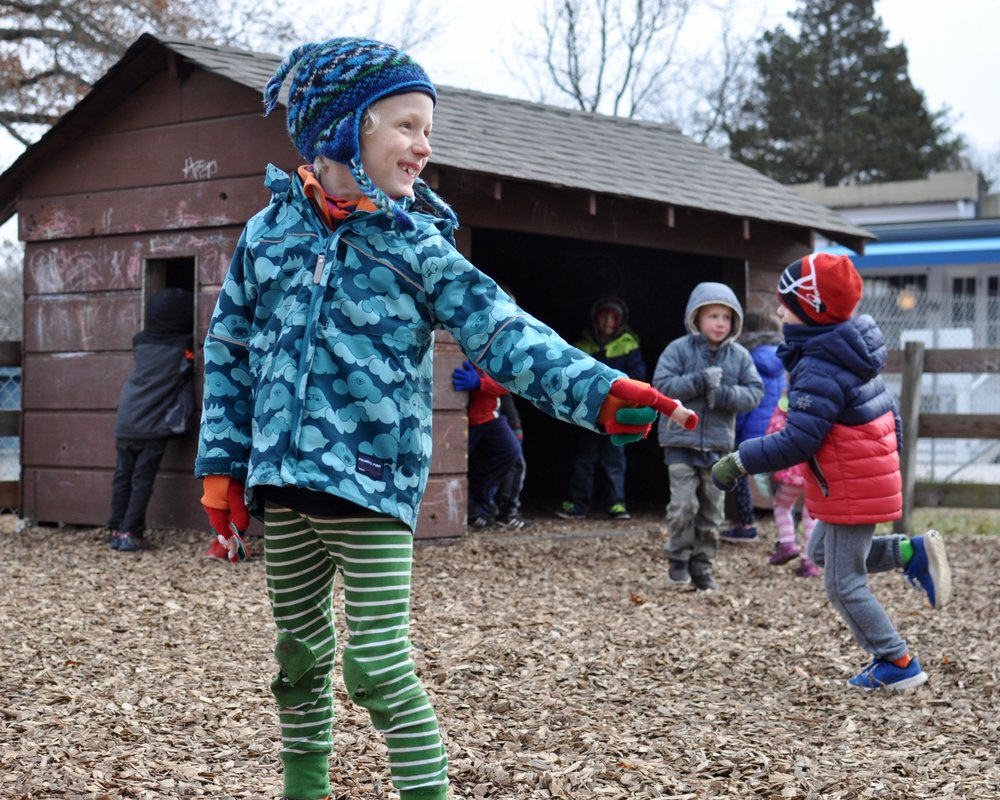
If it is cold, put on hats, mittens, boots, layer up, and go for a walk looking for birds or frozen puddles! If it is raining, grab some rain boots, a raincoat, jump in the puddles and make mud-pies! Use the seasons to make getting outside more interesting.
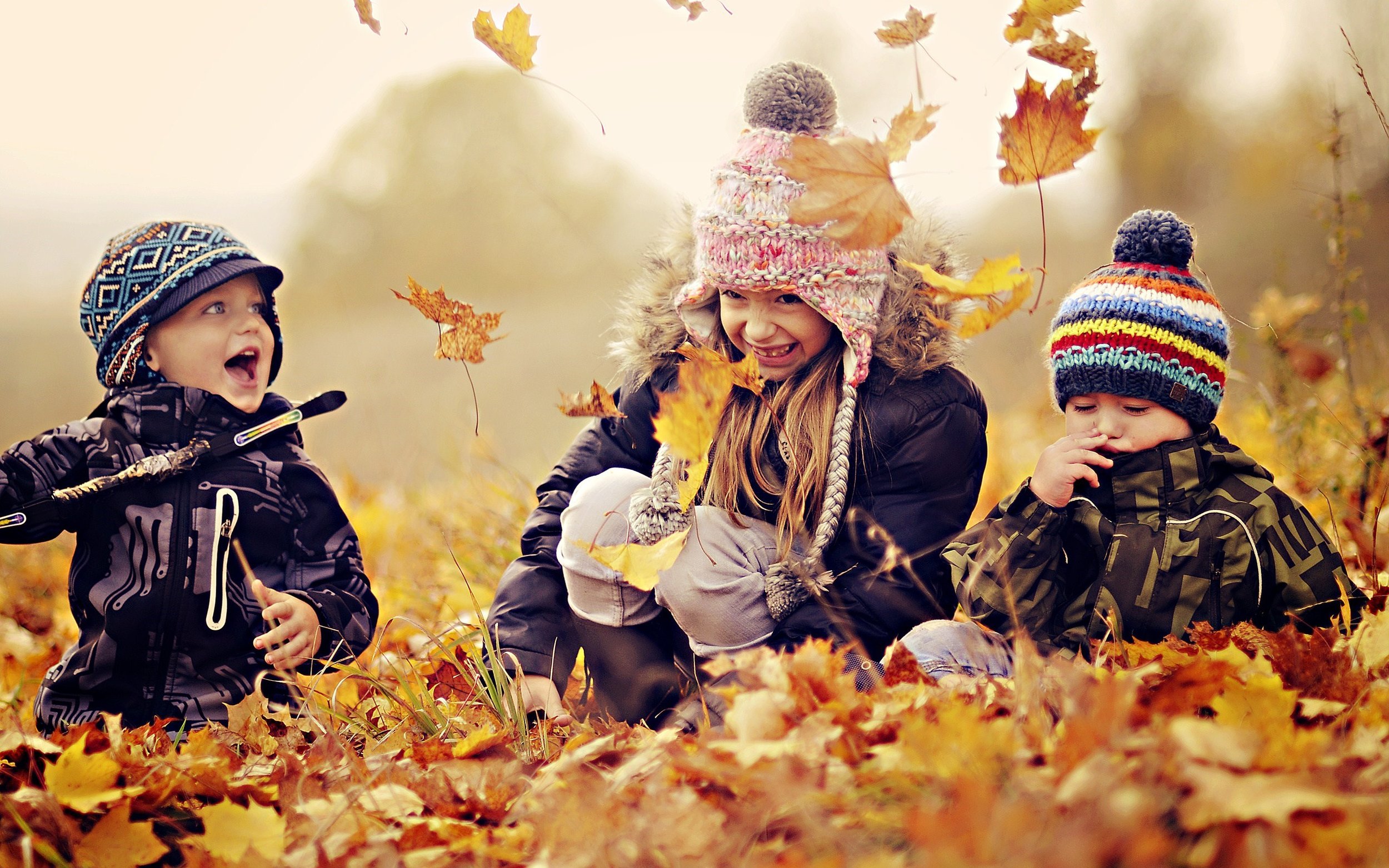
Right now, we are enjoying fall in Charlotte. Here’s some ideas for Fall weather activities that bring us to the present moment:
-
Look for “signs of fall” with all your senses.
-
Sit and watch for falling leaves.
-
Rake up leaves and jump in the piles.
-
Carve pumpkins. Then smell and feel the pumpkin guts for a sensory experience!
-
Take a hike in the mountains and enjoy the colors and temperature of fall.
There are many ways to bring mindfulness into your family’s daily life.There are no set rules– find out what works best for you and your family and use it. The benefits will exceed your expectations. What will you try today?


